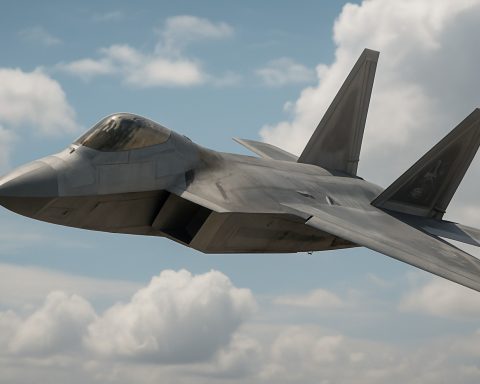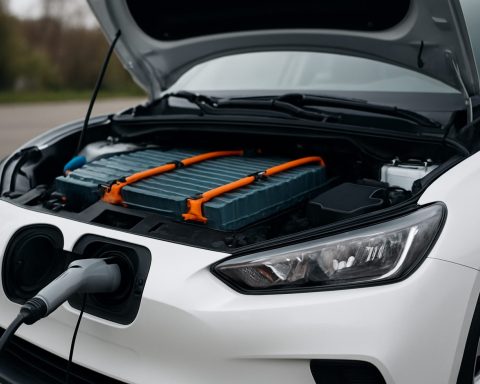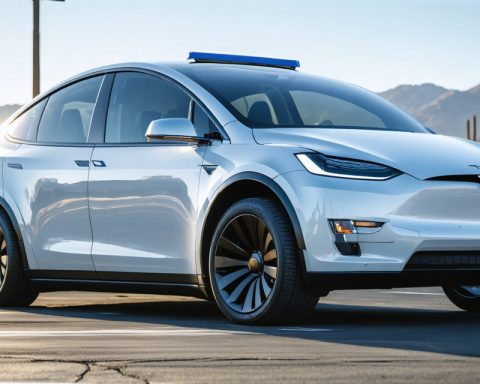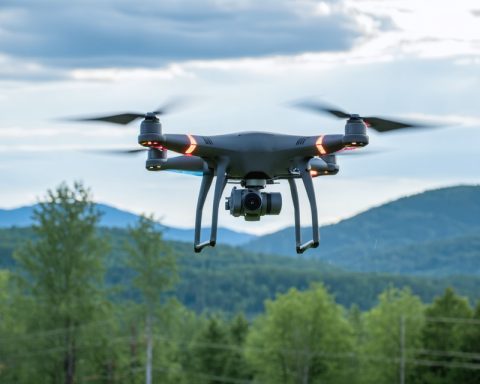- Luminar Technologies is poised to integrate its LiDAR systems into smartphones, potentially transforming mobile photography and AR experiences.
- LiDAR technology offers enhanced focus and depth perception, reducing the need for multiple camera lenses and enabling immersive AR applications.
- This development could boost Luminar’s standing in the mobile tech market and lead to increased investor interest while setting new industry standards.
- Challenges include adapting LiDAR for sleek smartphone designs and integrating it smoothly with existing tech, all while managing costs.
- The initiative reflects a broader trend of convergence in technology, expanding the capabilities of smartphones through innovative uses of LiDAR.
Imagine a smartphone camera so advanced it can capture photos with life-like depth, rivaling the detail of professional cameras. Luminar Technologies is on the brink of making this a reality by integrating its renowned LiDAR systems into smartphones, possibly transforming both mobile photography and augmented reality (AR) experiences forever.
Through LiDAR’s magic, your smartphone might soon deliver unparalleled focus and depth perception, reducing the need for multiple lenses and opening the door to immersive AR experiences—think designing your living space or unleashing new dimensions in gaming, all through your phone.
Excitement buzzes among investors eager to see Luminar tap into the thriving mobile tech market, hinting at a potential surge in the company’s stock value. The move marks Luminar’s leap from vehicle automation into consumer electronics, promising a fresh wave of innovation that could set a new industry standard.
However, the road to LiDAR-enhanced smartphones isn’t without its bumps. Challenges loom in adapting robust automotive-grade LiDAR for sleek phone designs, all without sending costs skyrocketing. Seamless integration with existing smartphone ecosystems presents another hurdle to widespread adoption.
Luminar’s initiative isn’t just a tech leap—it’s a thrilling narrative of convergence, where mobile technology meets cutting-edge innovation. As consumer demand for advanced smartphone capabilities grows, this heralded revolution could redefine what our handheld devices can achieve.
Prepare for a future where your smartphone becomes a gateway to new visual experiences, sparked by the pioneering efforts of Luminar Technologies in merging LiDAR brilliance with mobile innovation.
Revolutionizing Mobile Photography: The Future of LiDAR-Infused Smartphones
Understanding the LiDAR Revolution in Smartphones
What is LiDAR, and how does its integration impact smartphone technology?
LiDAR (Light Detection and Ranging) is a technology that uses laser light to measure distances and creates detailed 3D maps of environments. Its integration into smartphones has transformative potential, allowing devices to capture photos with unprecedented depth and detail while enhancing AR experiences. By utilizing LiDAR, smartphones could achieve professional camera-like image quality, improving both focus and depth perception and reducing the need for multiple lenses.
Overcoming Challenges in LiDAR-Enhanced Smartphones
What are the main obstacles Luminar Technologies faces in integrating LiDAR into smartphones, and how might they overcome them?
Luminar Technologies faces significant challenges in adapting its automotive-grade LiDAR systems for sleek smartphone designs without dramatically increasing costs. To tackle this, the company will need to innovate in miniaturization technology, ensuring that these systems can fit into the compact body of modern smartphones. Moreover, integrating LiDAR seamlessly with existing smartphone ecosystems is crucial for adoption, requiring collaboration with major smartphone manufacturers to refine hardware compatibility and software development.
Market Potential and Sustainability Impact
How might LiDAR in smartphones affect the market, and what are the sustainability implications?
Integrating LiDAR into smartphones could lead to a surge in market interest, attracting consumers looking for cutting-edge technology, and potentially boosting Luminar’s stock value. From a sustainability perspective, the increased demand for LiDAR components might push the industry toward more eco-friendly manufacturing processes. However, achieving cost-effective and environmentally sustainable production will be essential to avoid resource depletion and reduce electronic waste.
For more insights into innovative consumer electronics and market trends, check out Luminar Technologies.



















